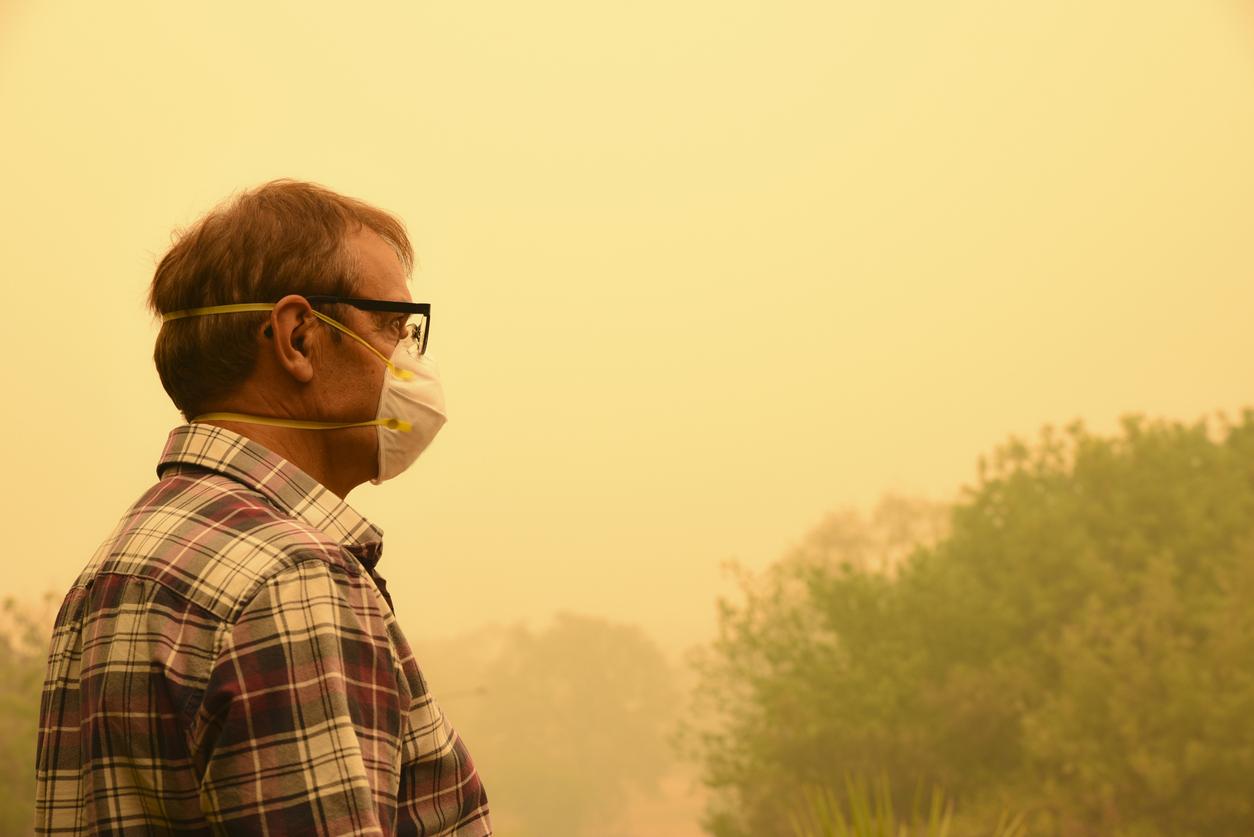Short-term exposure to high levels of fine particles is responsible for one million deaths worldwide each year.

- Every year, more than a million deaths worldwide occur due to short-term exposure to fine particles.
- According to researchers’ estimates, Asia accounted for approximately 65.2% of deaths linked to short-term exposure to fine particles.
- The researchers recommend the implementation of measures to reduce exposure to pollution peaks.
The effects of prolonged exposure to high levels of fine particles (PM2.5) on health have been extensively studied by scientists. In contrast, the consequences of “spikes” in small urban areas, caused for example by fires, dust or intermittent extreme atmospheric disturbances, have been the subject of less research.
A team from Monash University therefore looked into the question. According to their estimate, more than 1 million deaths worldwide occur due to short-term (hours to days) exposure to PM2.5.
Air pollution and deaths: Asia is the continent most affected
To try to get a clearer picture of the effects of exposure to significant but short-term air pollution, researchers examined levels of mortality and PM2.5 pollution in more than 13,000 cities and towns across the world between 2000 and 2019.
The work, published this week in The Lancet Planetary Health, show that inhaling PM2.5 for a few hours or even a few days causes more than a million premature deaths worldwide each year. More than a fifth (22.74%) of them occurred in urban areas.
The greatest impact was observed in Asia. This continent accounted for 65.2% of global mortality due to short-term exposure to PM2.5. Then come Africa (17%), Europe (12.1%). The Americas and Oceania represent 5.6% and 0.1% respectively.
“The mortality burden was highest in crowded and highly polluted areas of East Asia, South Asia and West Africa, with the proportion of deaths attributable to short-term exposure PM2.5 in East Asia being more than 50% higher than the global average.specify the authors in the communicated.
High levels of fine particles: warning systems are needed
For Professor Yuming Guo, lead author of the scientific article, this study is important, “because it is the first to look at short-term exposure on a global scale – rather than the long-term impacts of persistent exposure, such as for people living in cities with high pollution levels” .
He adds as an example that the mega-fires in Australia “during what we call the black summer of 2019-2020” have caused an estimated 429 premature deaths and 3,230 hospitalizations due to acute and persistent exposure to extremely high levels of bushfire-related air pollution.
The researchers recommend implementing interventions in areas with high risks of exposure to fine particles such as air pollution alert systems and evacuation plans to avoid even temporary exposure to high concentrations. of PM2.5. This type of measure could mitigate the acute damage of pollution on health, according to them.















